Researching the rich history of Bunhill as the Bunhill Artist in Residence
- Jacky Oliver

- Dec 30, 2023
- 4 min read
Updated: Jan 25
I was so excited when I was told I would be the Bunhill Artist in Residence 2023. It has been a dream come true. Finding out about an area of London with such a rich history has been an ideal opportunity and running workshops with different members of the community has allowed me to get to know some fantastic individuals and I still have a few months to go.
The journey of my residency started poring over the maps of the area of Bunhill. I must be the only person that can get lost, just sitting in an archive, but I did. I have known the area all my life, when I did my 'A' level history of Art I looked at the history of Spitalfields, which is a short walk away.
My initial focus on the Bunhill Fields Burial Ground, with its rich history and noteworthy inhabitants, took an unexpected turn, as I delved into the archives at the Islington Local History Centre. I realised that Bunhill encompasses a lot more than just the grave yard. And so my search became a lot broader.
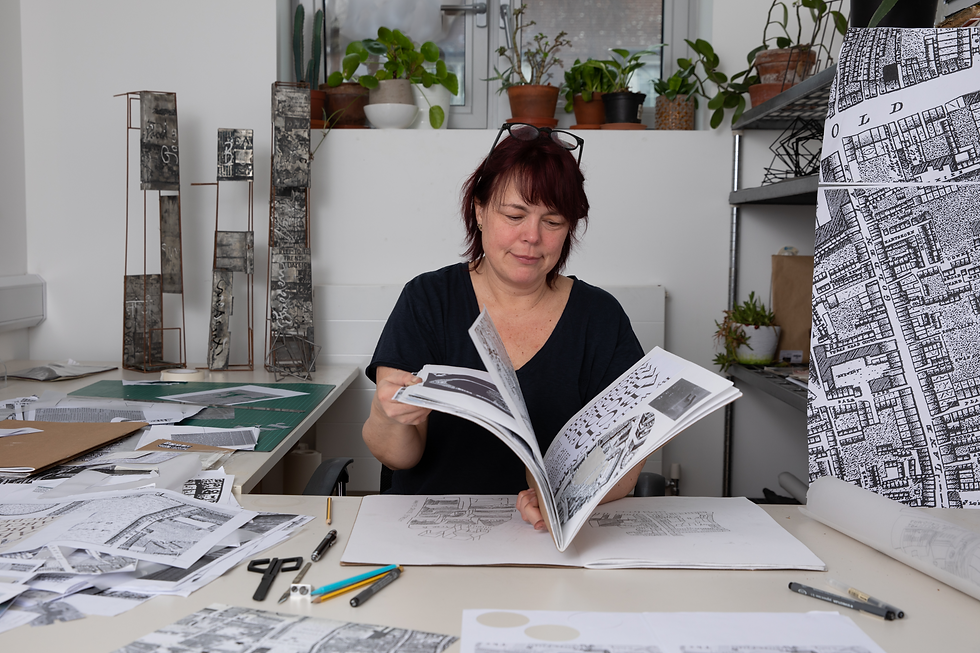
Looking though pages of documents in the archive, I started to appreciate the amazing variety of trades that has once given the area so much life.
As I leafed through pages of the trade directories, I uncovered trades I hadn't even heard of before.
One of the many benefits of the residency is a studio space at St Luke's Community Centre. This space cannot be used for metal work, but this also has given me the brilliant opportunity to explore my ideas more thoroughly in paper, which has given me a lot more creative freedom to explore ideas through drawing and collage.
I went to a really interesting talk at the Local history Centre about 'Type Foundries'. I had never heard of this trade before. It was a fascinating talk where the process of creating the type for printing was explained. Individual letters were files from lengths of tool steel. These
were then stamped into thick blocks of copper, this being a softer metal, it took the impression of the letter really well. A frame was then made around this impression and lead poured into the mould. Creating the lead type pieces that were used in printing. Learning about this process made me want to explore my ideas in copper, steel, and lead ( although I used pewter, as it is a more friendly material to work with nowadays ). This also gave me the excuse to look at the Caslon type face, as William Caslon is buried outside St Luke's Church on Old Street. He had his type foundry in Chiswell Street and William Caslon and his printing is an important part of the history of Bunhill.
Searching through the archives, when looking for more information on William Caslon, I was given two boxes of archive material. I was then told that only one was about type foundries, the other, they apologised, had information about printers. Me being me, I thought this could always offer something interesting, so instead of letting them put it away again, I asked if I could look at it. I am so pleased I did. Inside the box was information about the De La Rue print works. I had found this on several maps, especially when I wasn't looking for it. So it was great to finally find out about another really important business that had grown incredibly during its time in the area. Since this day, I feel like I am possibly one of the few people on the planet who weren't aware of this huge company who now are famous to everyone, for printing currency. However what I discovered was that around the time that they were based in Bunhill is when they were developing printing techniques that would revolutionise how playing cards were manufactured, allowing them to become something that was affordable by more people and enabled playing cards to be accessible to everyone.
As I started collaging with the imagery from the De La Rue playing cards, I thought about making some books for the collages. I started scoring the pages ready to fold, as happens quite often when I do something, I questioned why I was scoring the pages all vertically, and decided that it would be more interesting if I took inspiration from a fanned out deck of cards or a pack of cards falling where they aren't all neatly parallel, and this is how I started on my book forms. We started dicussing potential sites for the final piece and Whitecross Street became a firm favourite for locations.
We started discussing potential sites for the final piece and Whitecross Street became a firm favourite for locations. There were lots of different entries on the trades directories and there would hopefully be lots of contemporary contributions possible as well.
As I developed the wire pieces outlining areas on the insurance plans, from the archives, which detail the buildings in the area, I started to wonder if it would be more interesting if the pieces weren't so flat. I had been avoiding developing ideas too three dimensionally, because previous projects have allowed me to see the health an safety implications of creating three dimensional structures that people can walk into or climb. However I didn't want to limit my ideas too soon, so I created a few wire moquettes exploring my ideas.
After a lot of experimentation, further archive visits and more cutting collaging and exploring compostions I arrived at a series of designs, which have then been cropped to shapes taken from maps in the archives.
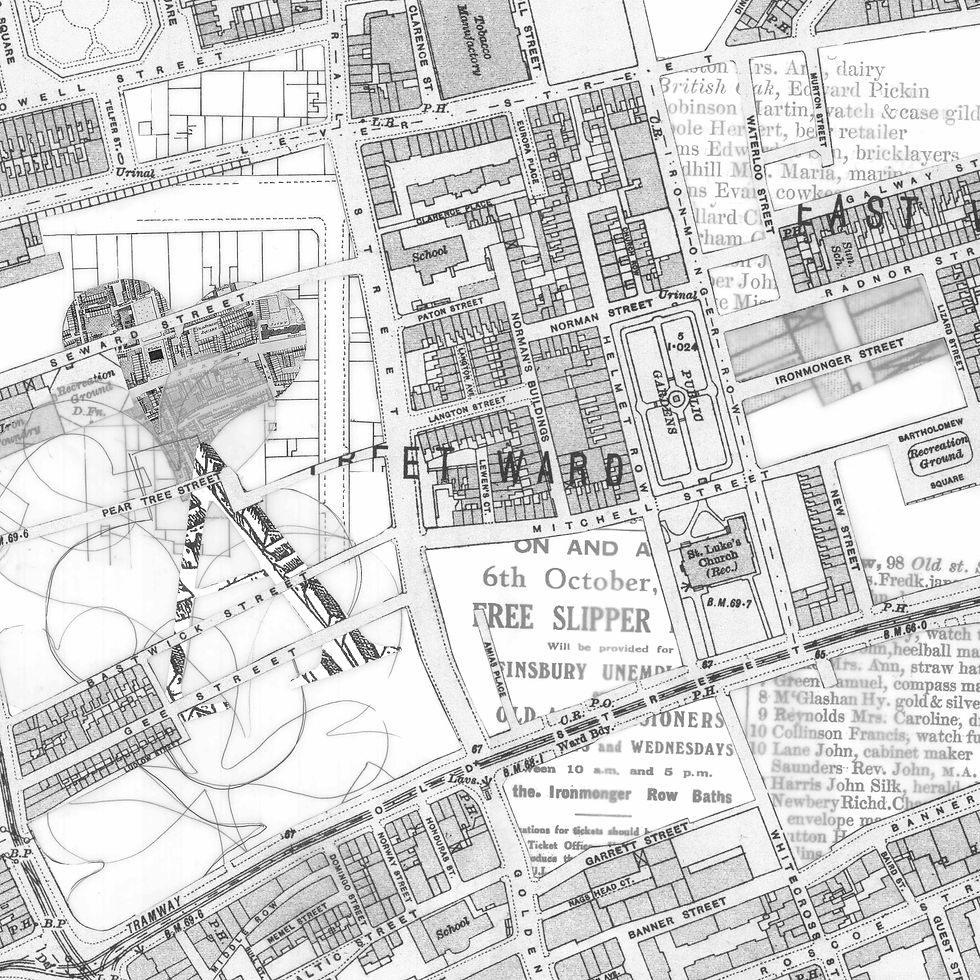
More collages for the final ideas for the enamel panels
The final designs will now be fabricated by AJ Wells enamellers and installed in April 2025. There will be a launch event, if you would like to come along, please contact me.


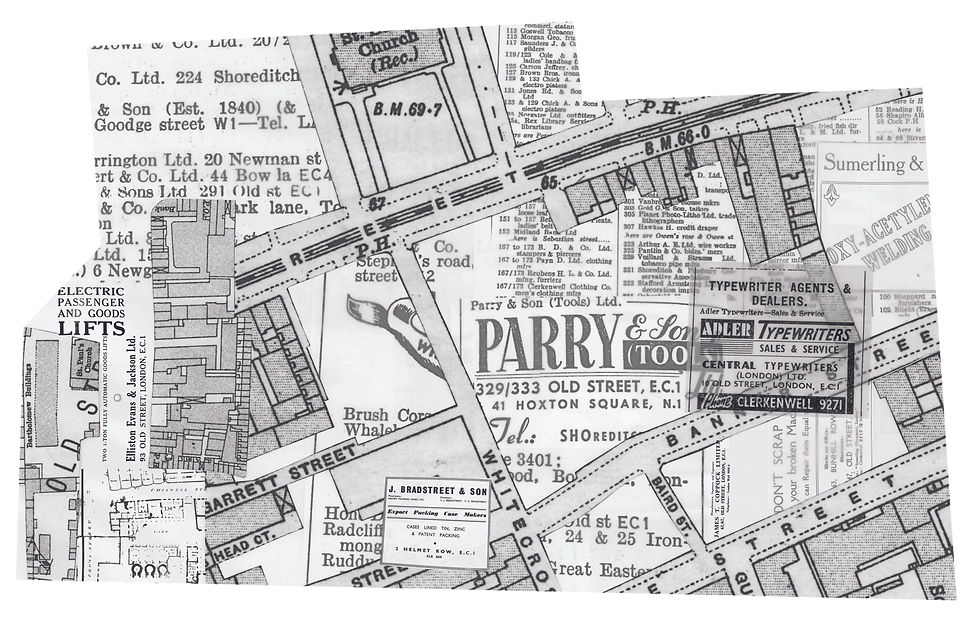
Final Design for Bunhill enamel panel ( 3 of 8 )
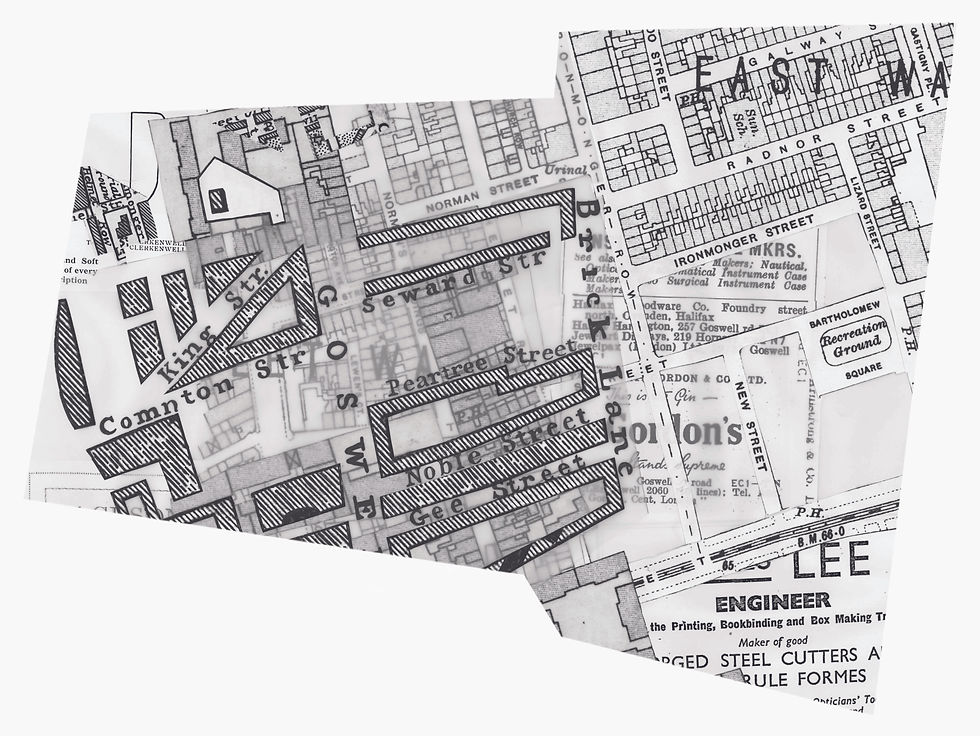


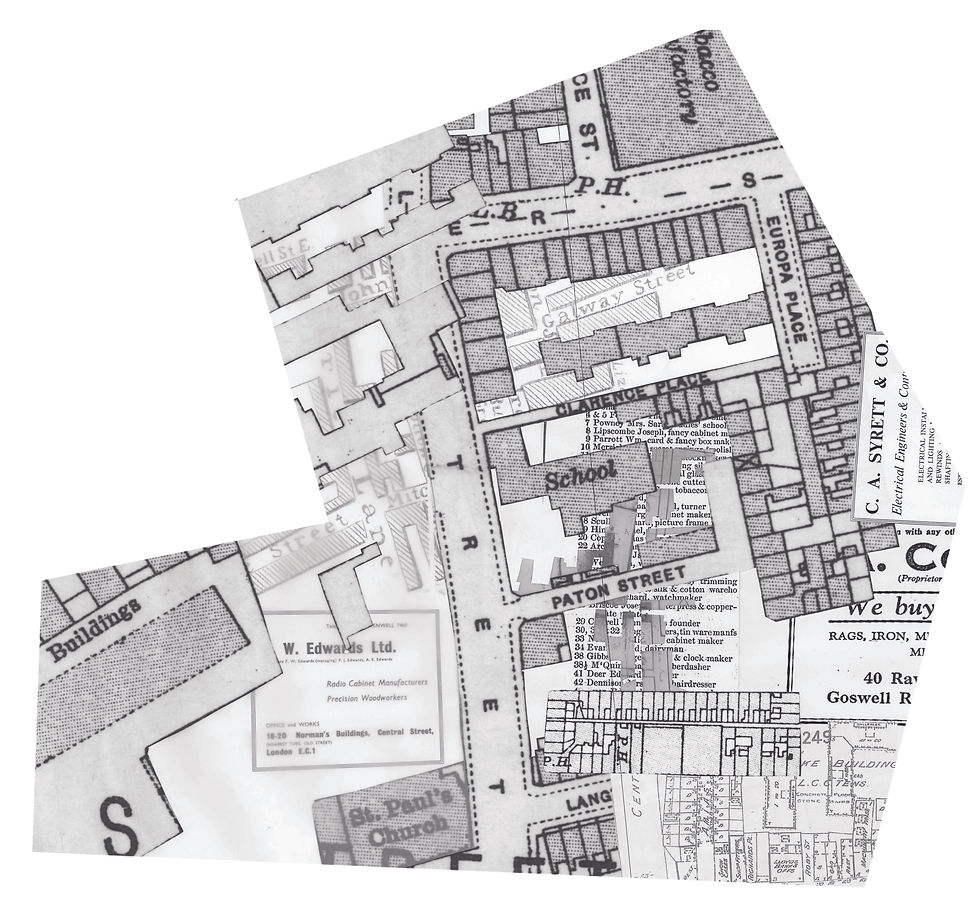
Final Design for Bunhill enamel panel ( 7 of 8 )
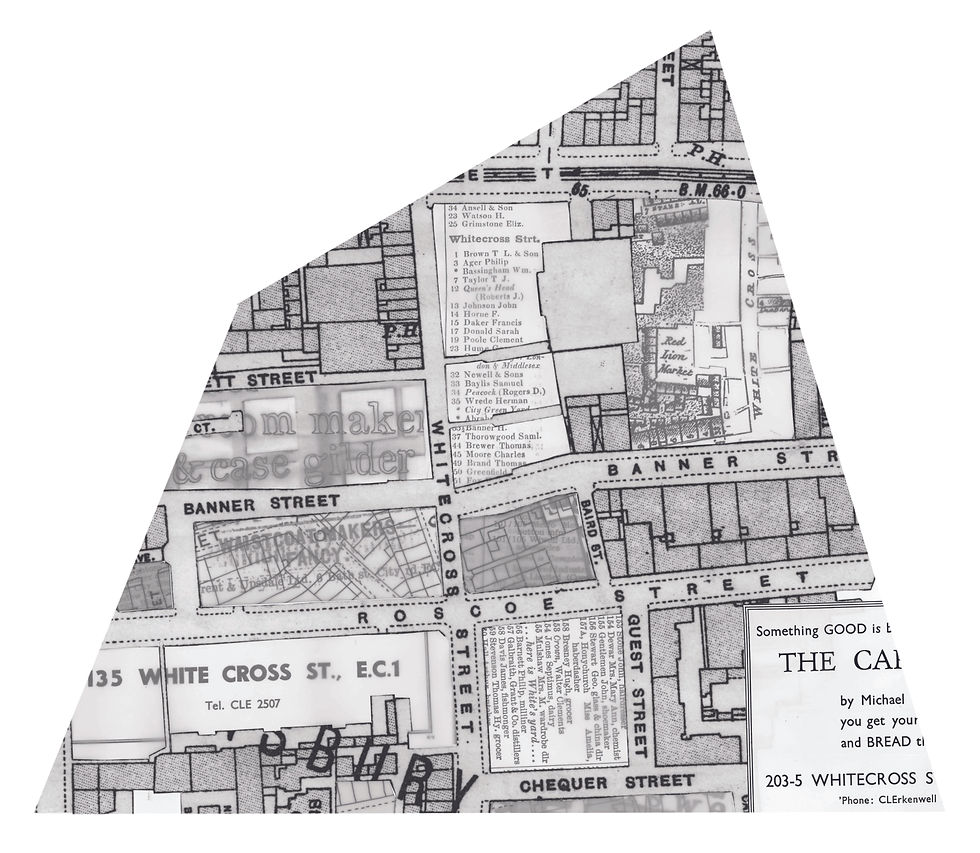
















































































































































































































































Comments